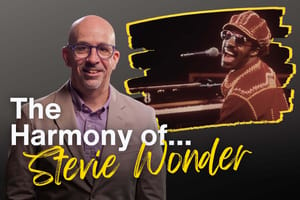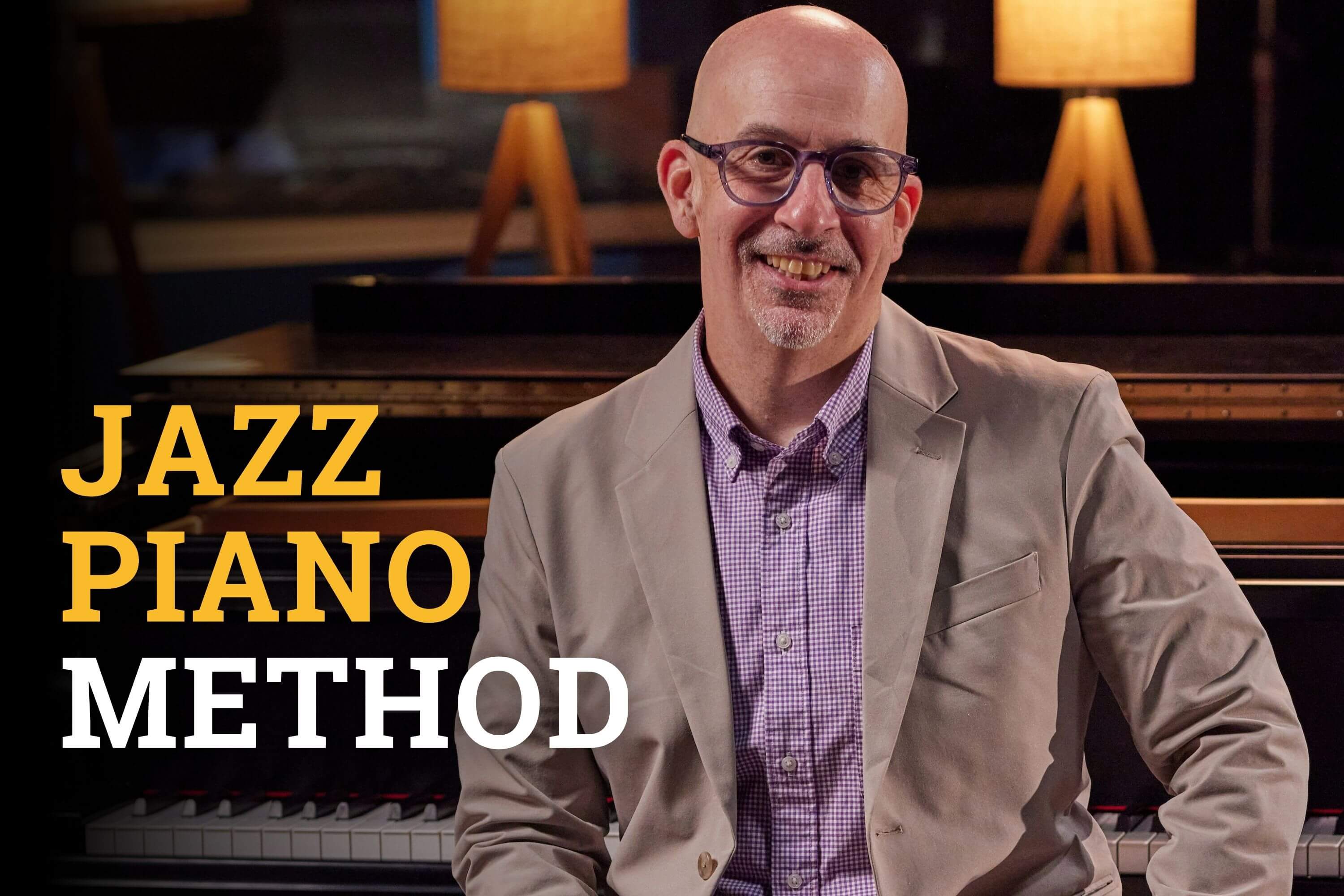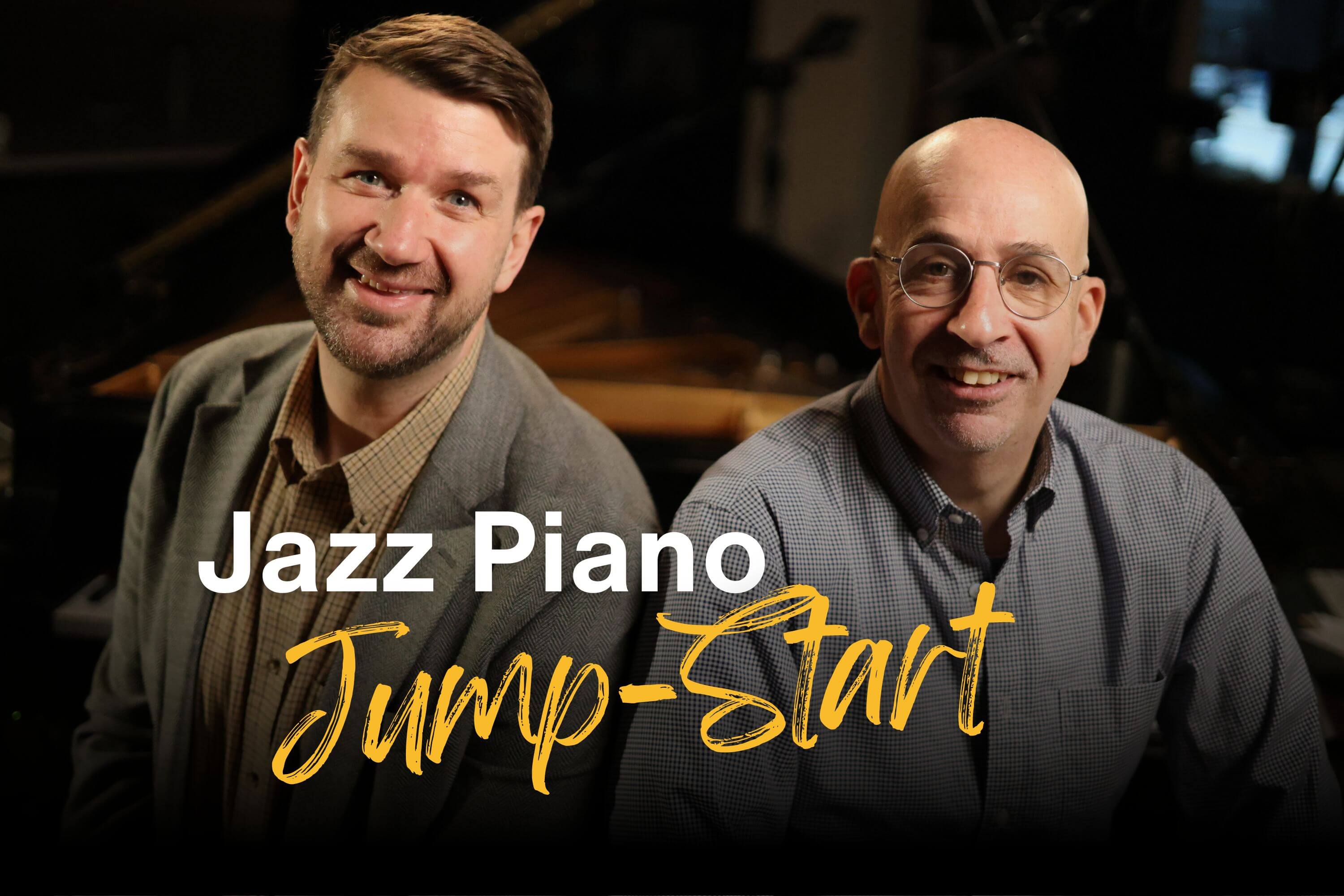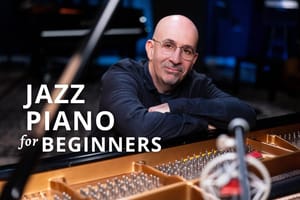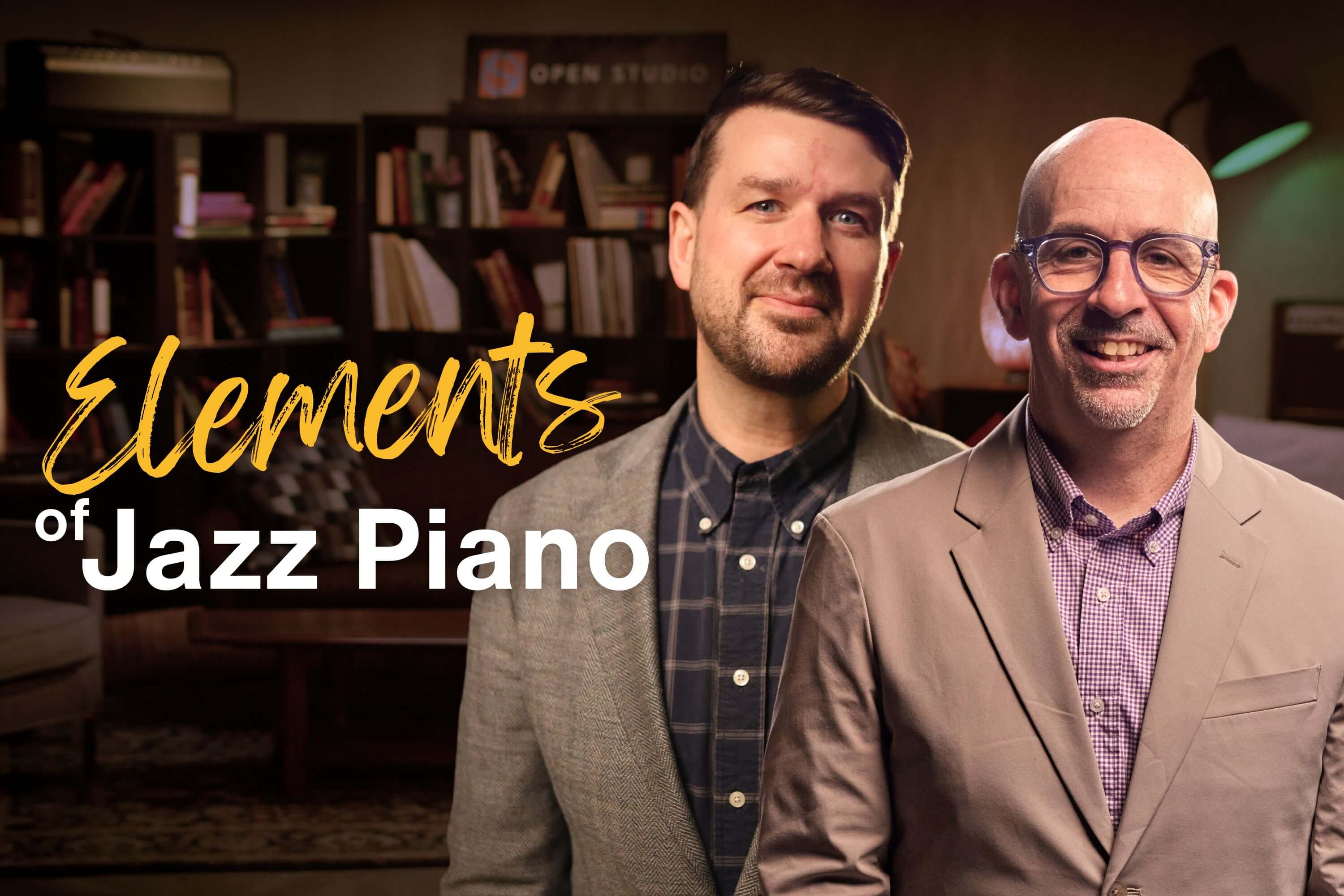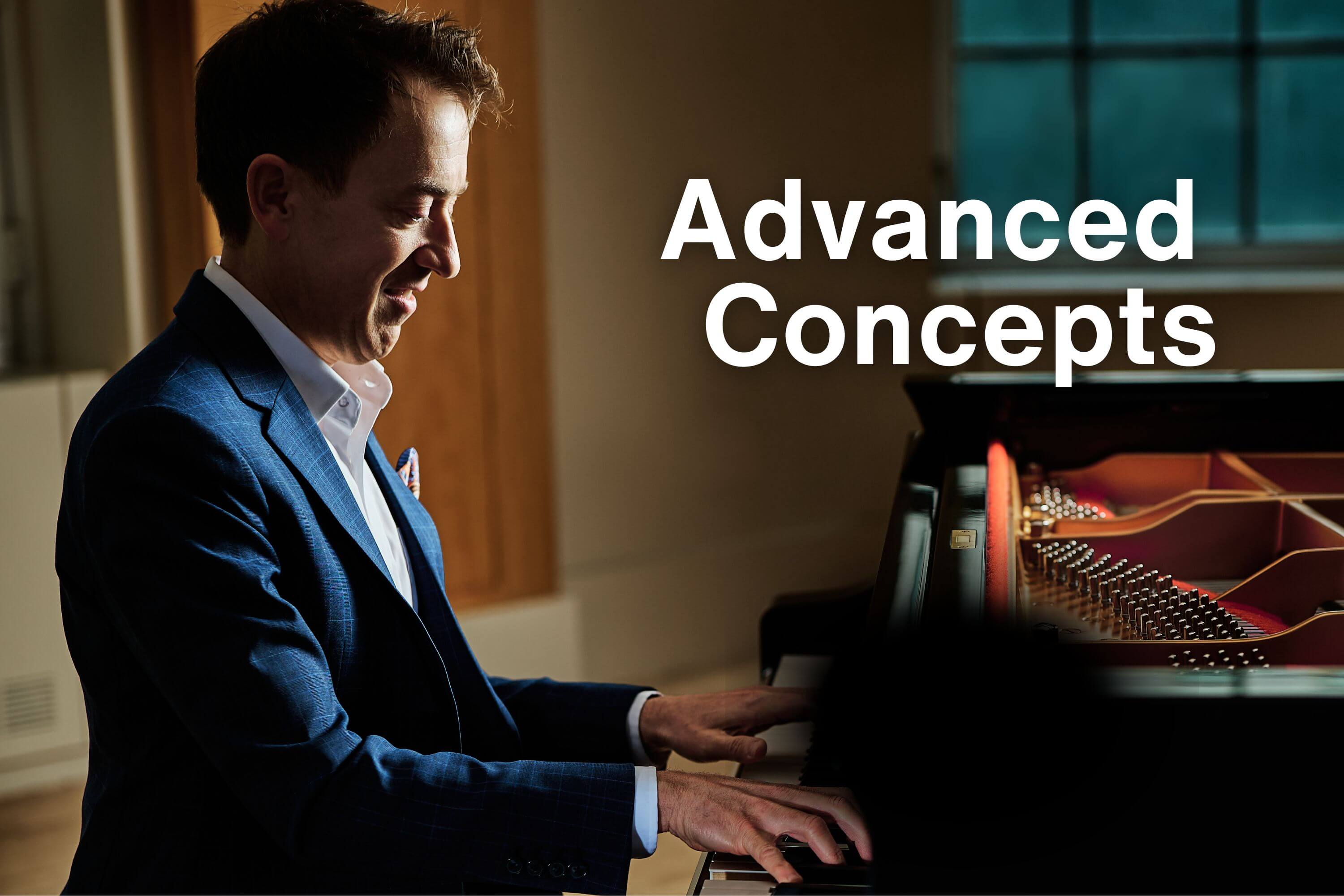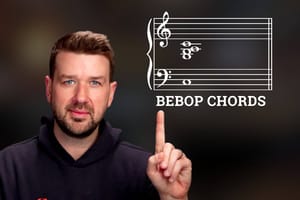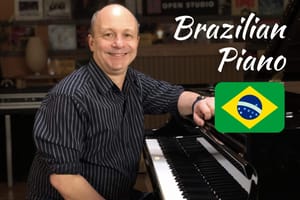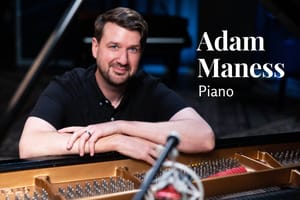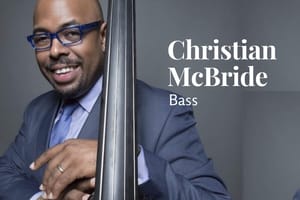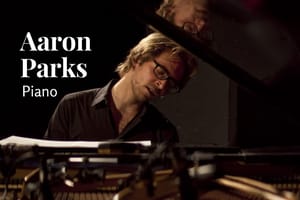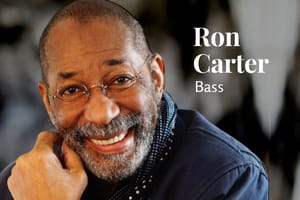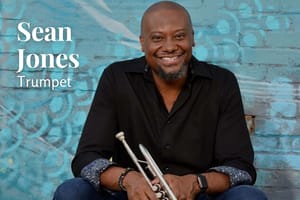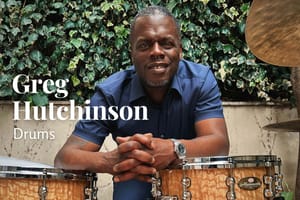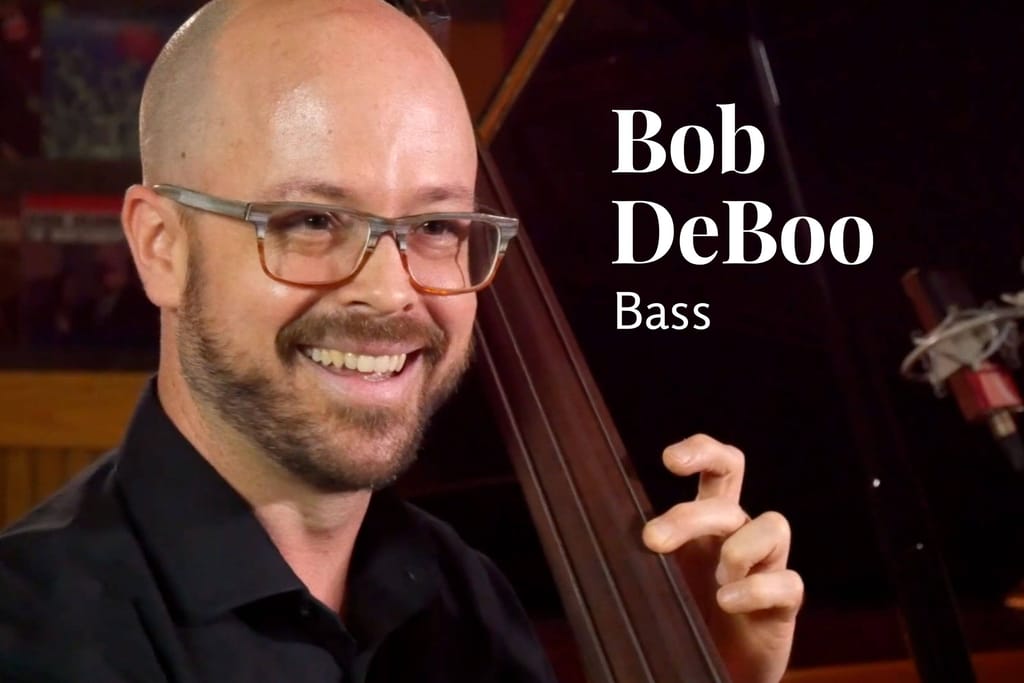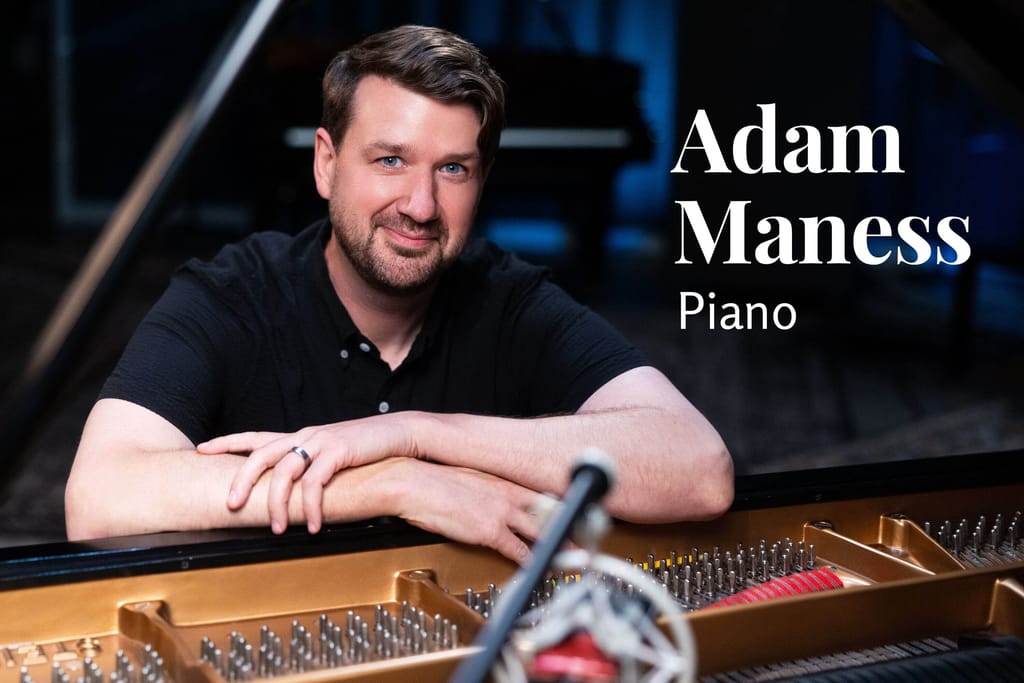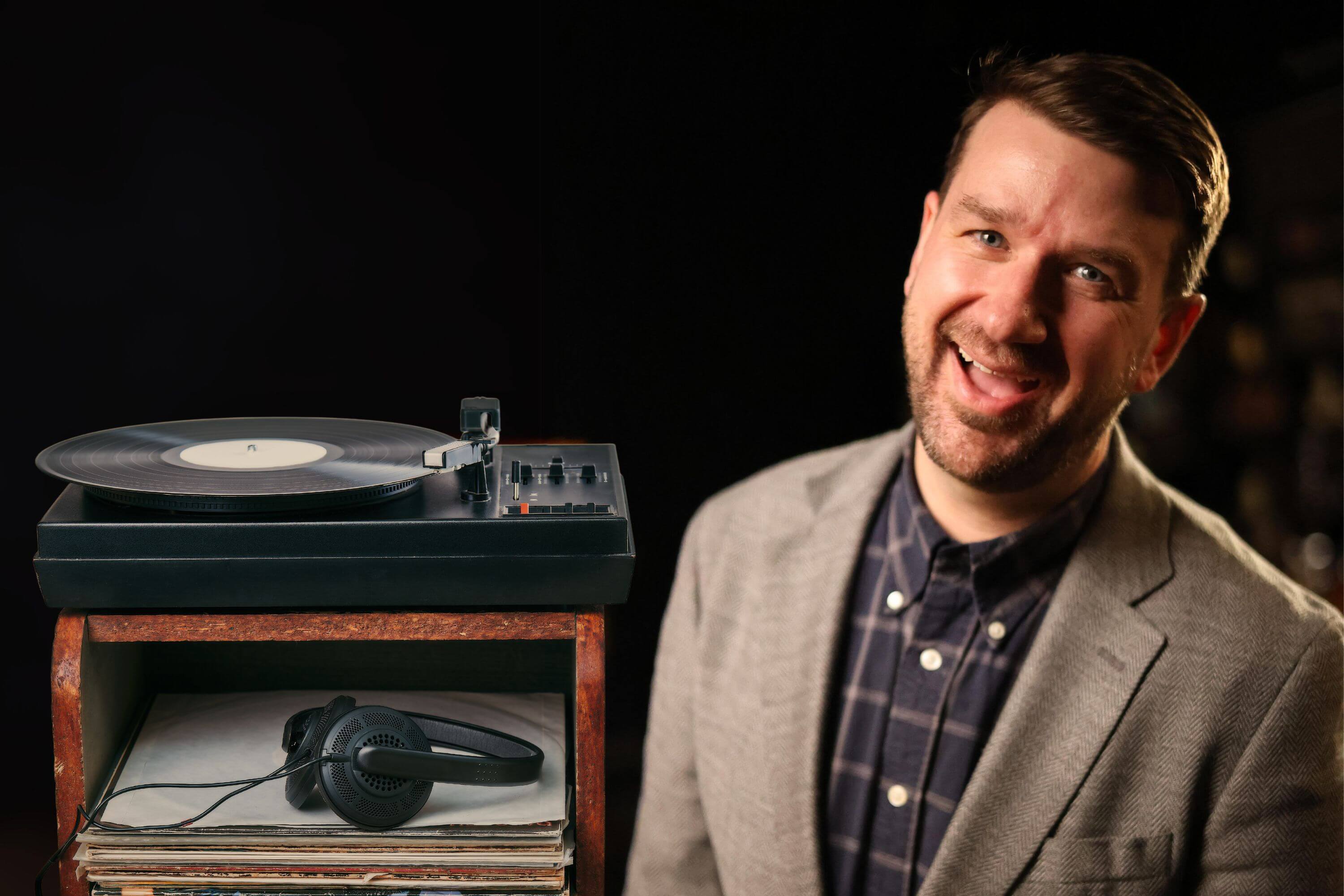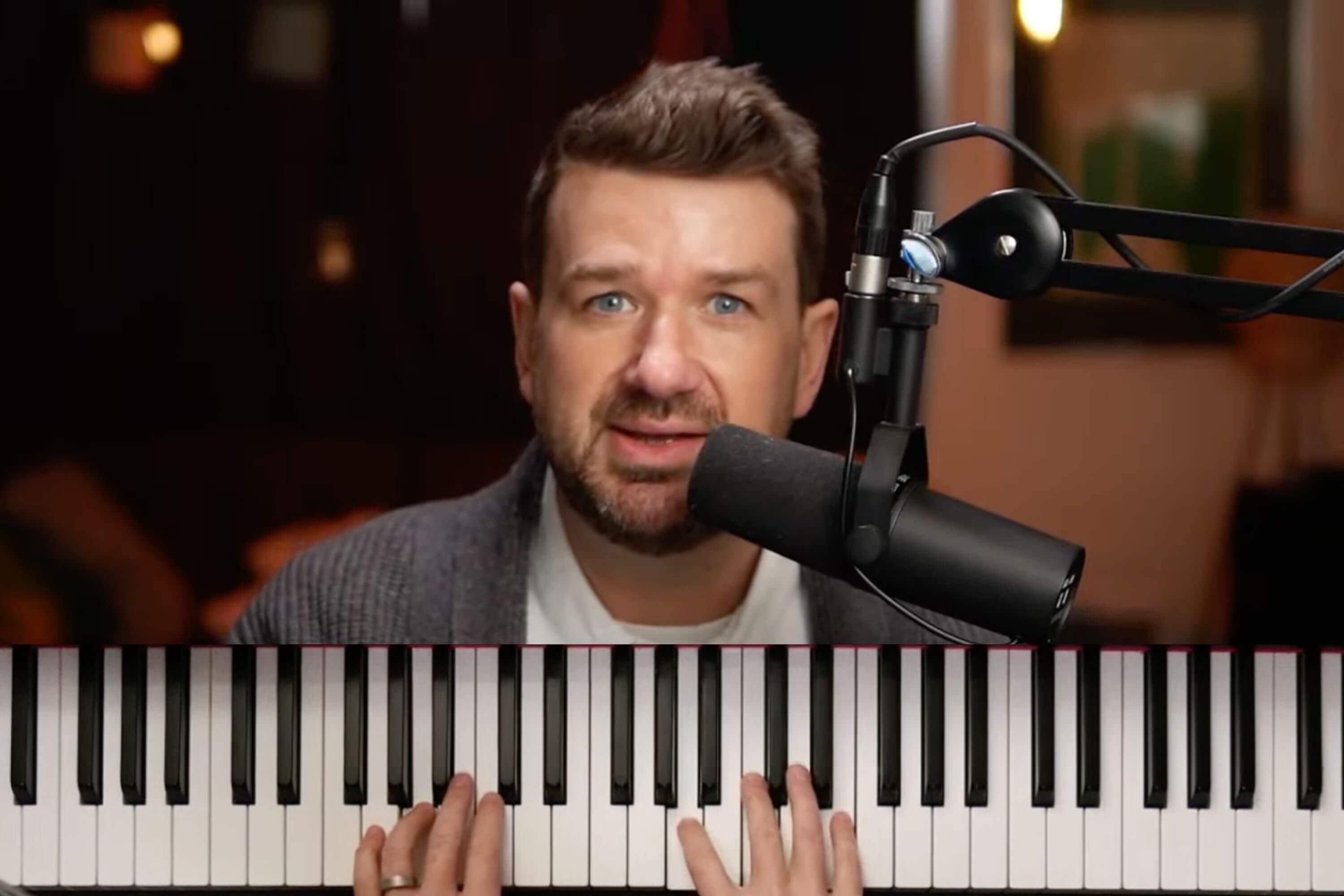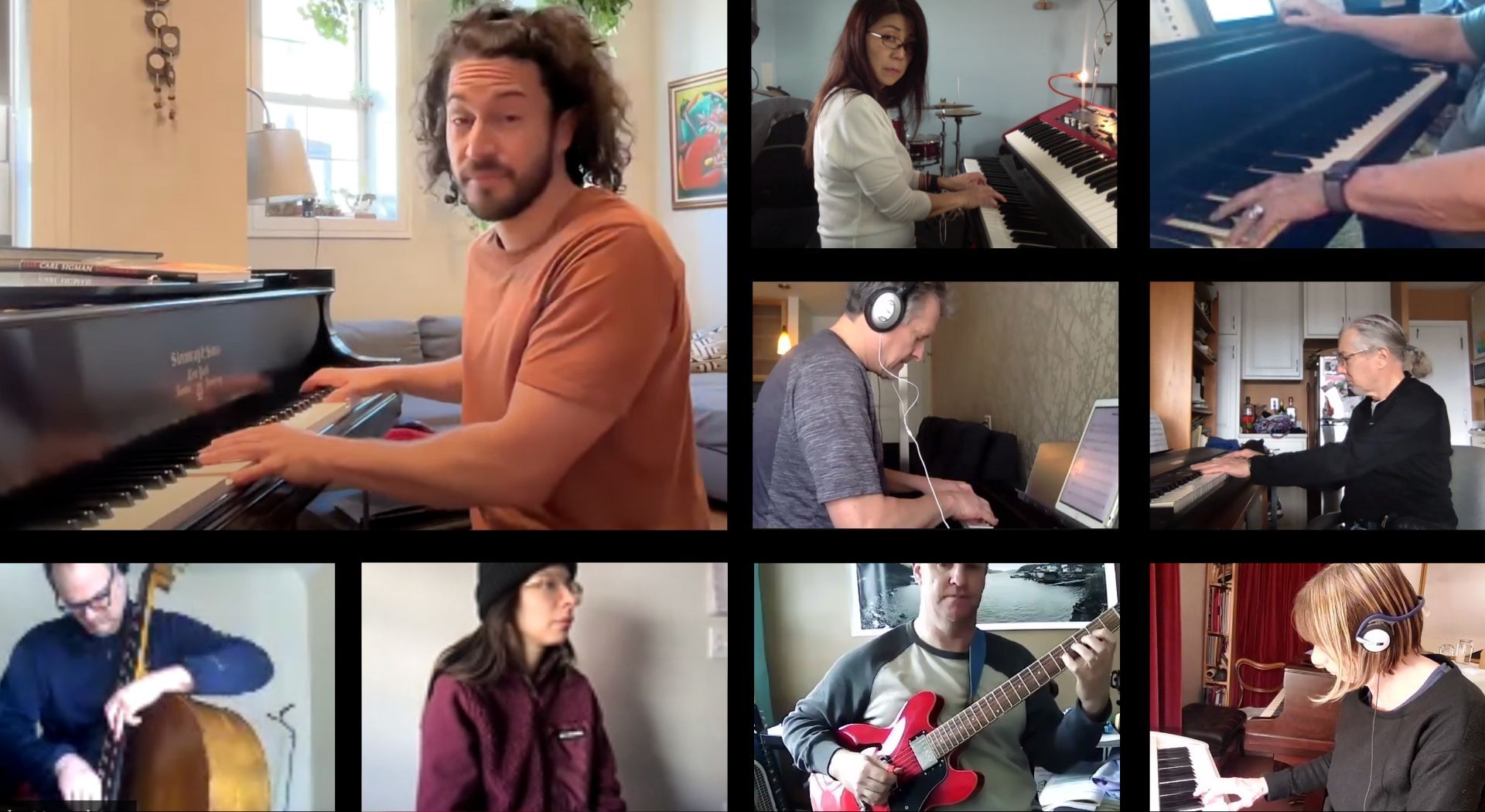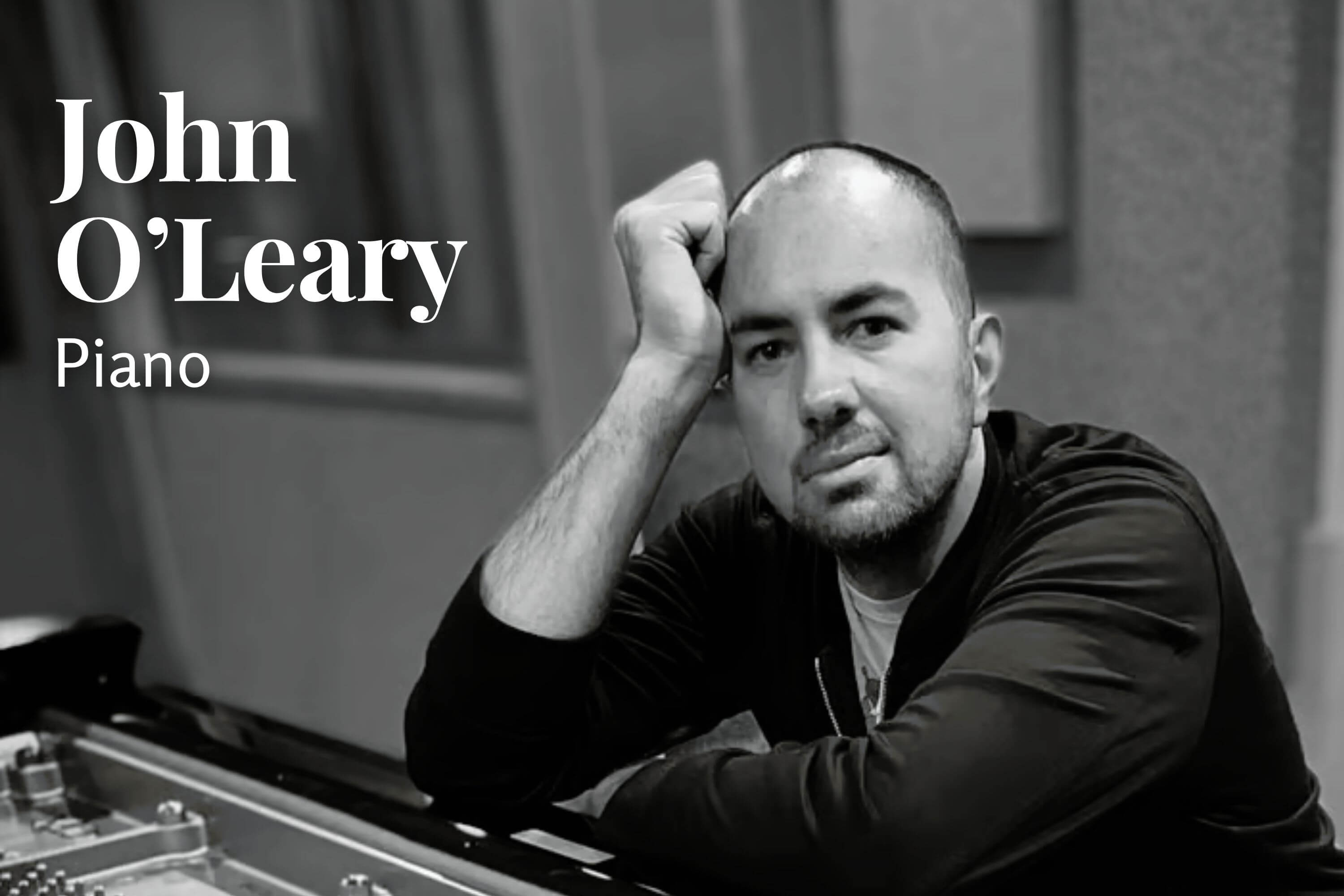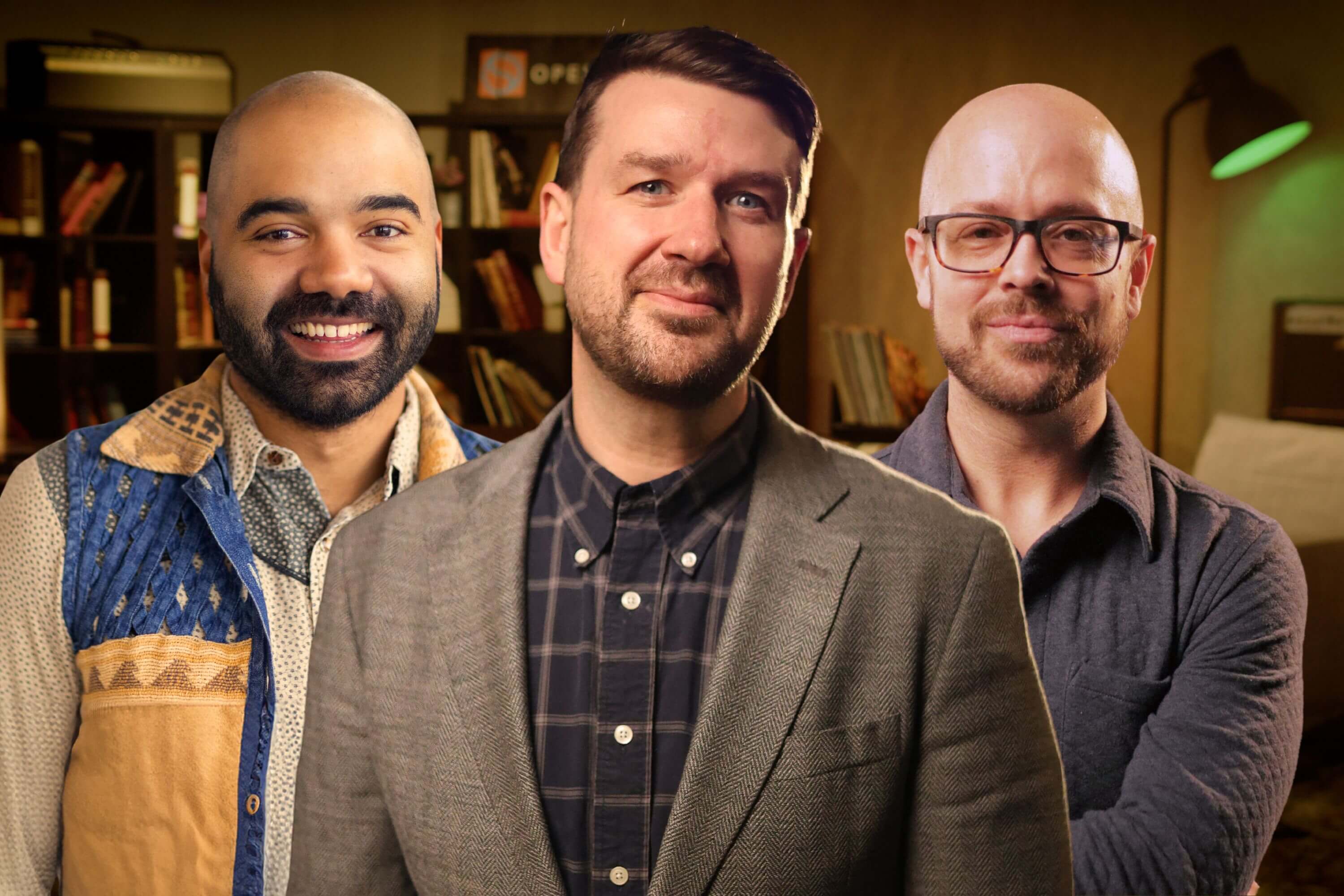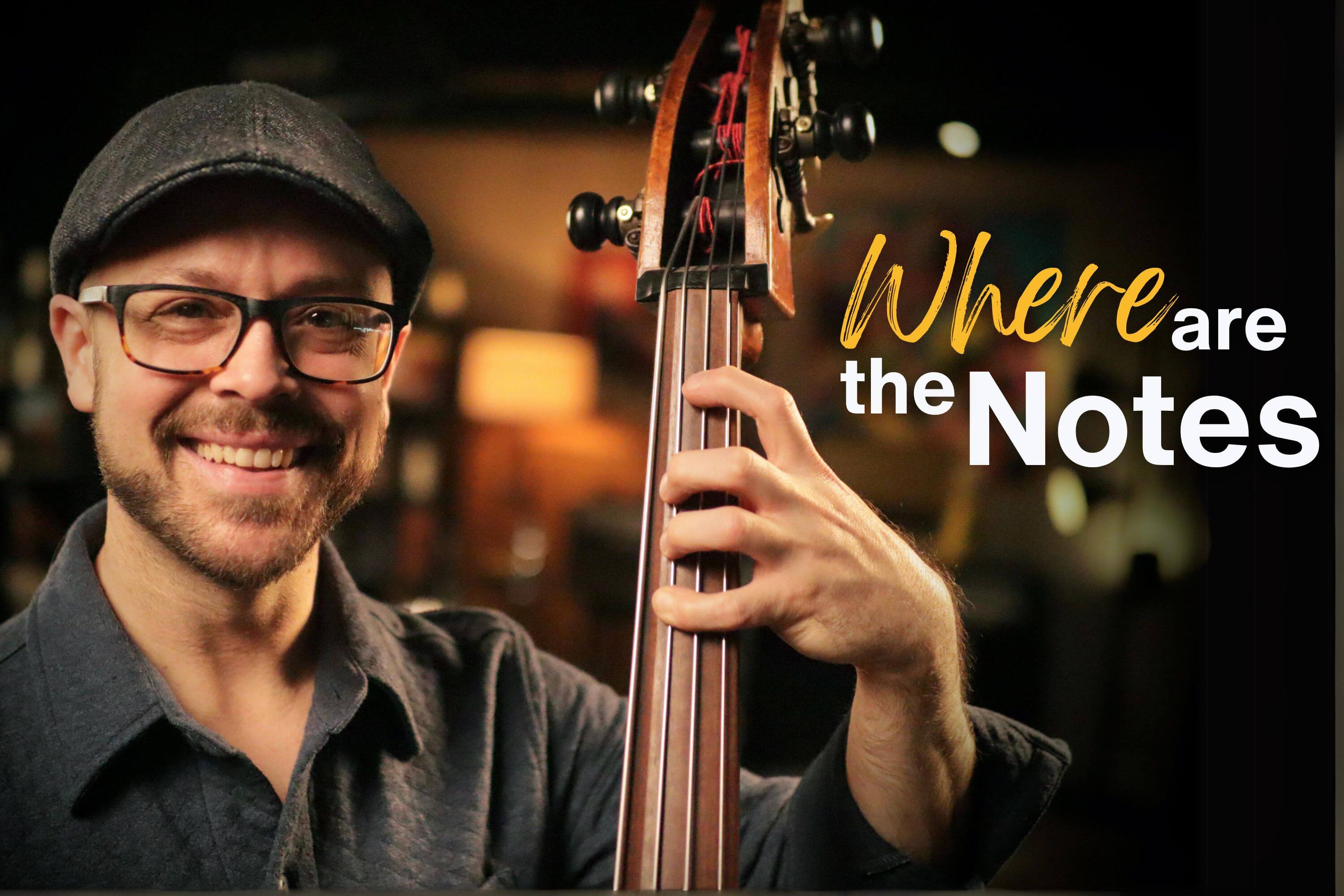
Where Are The Notes
The terrain of the fingerboard on the Upright Bass can appear mysterious and daunting at first. There’s no frets or keys!
Luckily there’s a method utilizing positions that breaks up the fingerboard into manageable chunks that we can get into our muscle memory.
Detailed focus on the ‘simplistic’ fundamentals that even people that have been playing for years could benefit from. Great for any experience level.
Making it easy.
The terrain of the fingerboard on the Upright Bass can appear mysterious and daunting at first. There’s no frets or keys!
Luckily there’s a method utilizing positions that breaks up the fingerboard into manageable chunks that we can get into our muscle memory.
We will practice through each position, learn the appropriate fingerings, learn what the notes look like in notation, and eventually we’ll answer the question: “Where Are the Notes?”
⭐ ⭐ ⭐ ⭐ ⭐
“Fantastic basis that helps me alot in other stuff I practice.”
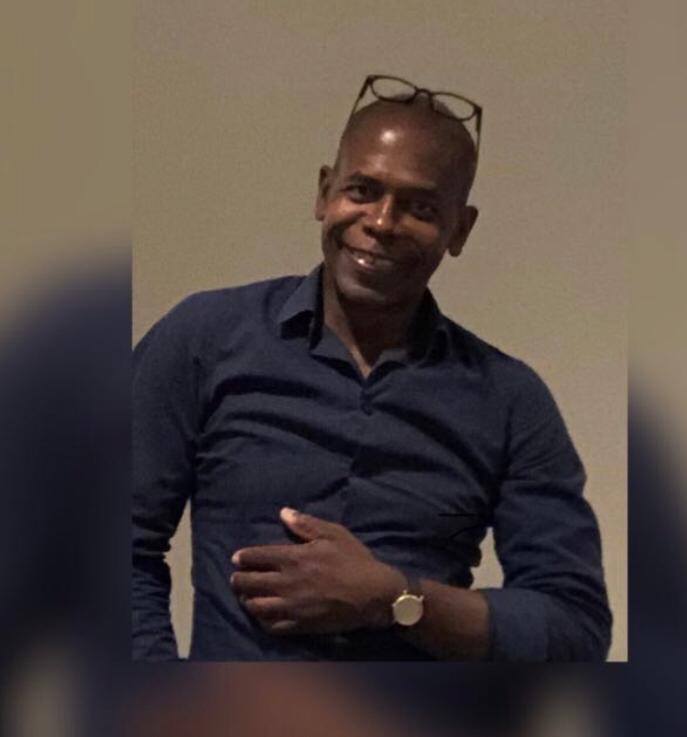
Elvis S.
⭐ ⭐ ⭐ ⭐ ⭐
Bob’s clarity, conciseness and compassion really come through. I’ve learned so much already as a 65 year old who is coming to jazz bass for the first time.“
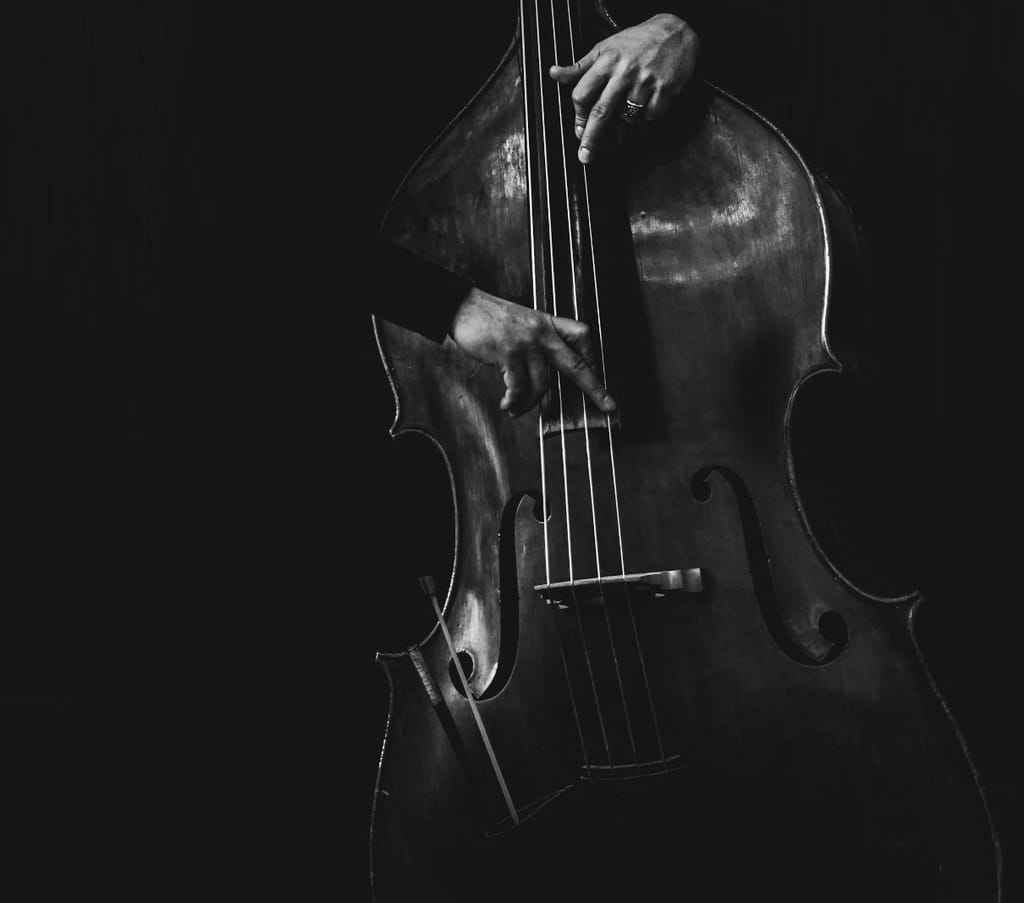
Chris S.
⭐ ⭐ ⭐ ⭐ ⭐
“Great presentation Bob. I love your sound and methodical approach.”

Paul G.
After completing this course, you will…
- ?know all the ‘positions’ on the neck
- ?️ be able to say all the names of each note in each position
- ? know what each note looks like in musical notation
- ? know where each note is in each position
- ?️ know which fingers work where in each position
- ? have a resource for learning, practicing, and understanding exactly where the notes are on the Double Bass
Let’s do this!
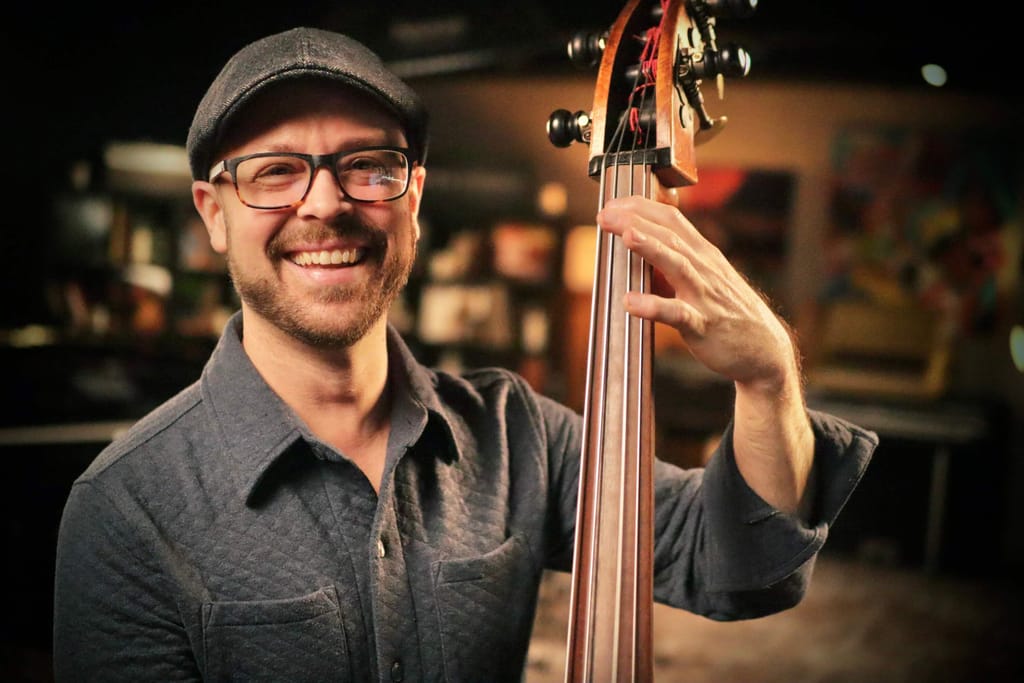
Meet Your Practice Guru
Bob DeBoo is an in-demand performer on both the double and electric bass. Some of the projects he’s been involved with the last couple years include playing with David Sanborn’s Acoustic Quartet, Peter Martin, Geoffrey Keezer, Alarm Will Sound, James Carter, Matt Wilson, Ron Miles, the 442s, leading his own quartet, and much more.
Bob has also been a part of numerous Open Studio live concert events and courses. He is also highly active in education, having worked with Jazz at Lincoln Center’s Jazz for Young People program, JazzSTL’s JazzU program and more
Course Contents
Course content
- Welcome and 1/2 Position
- 1st and 2nd Positions
- 2 1/2 and 3rd Positions
- 3 1/2 and 4th Positions
- 5th and 5 1/2 Positions
- 6th Position and Conclusion



